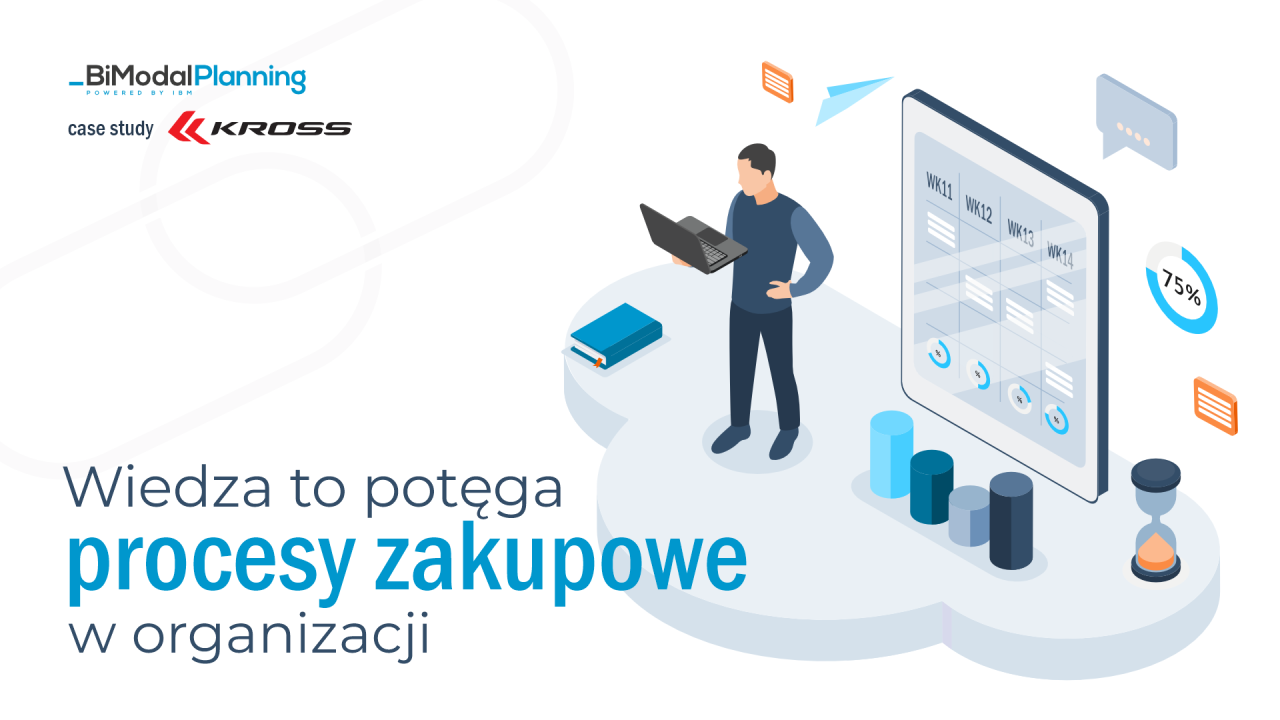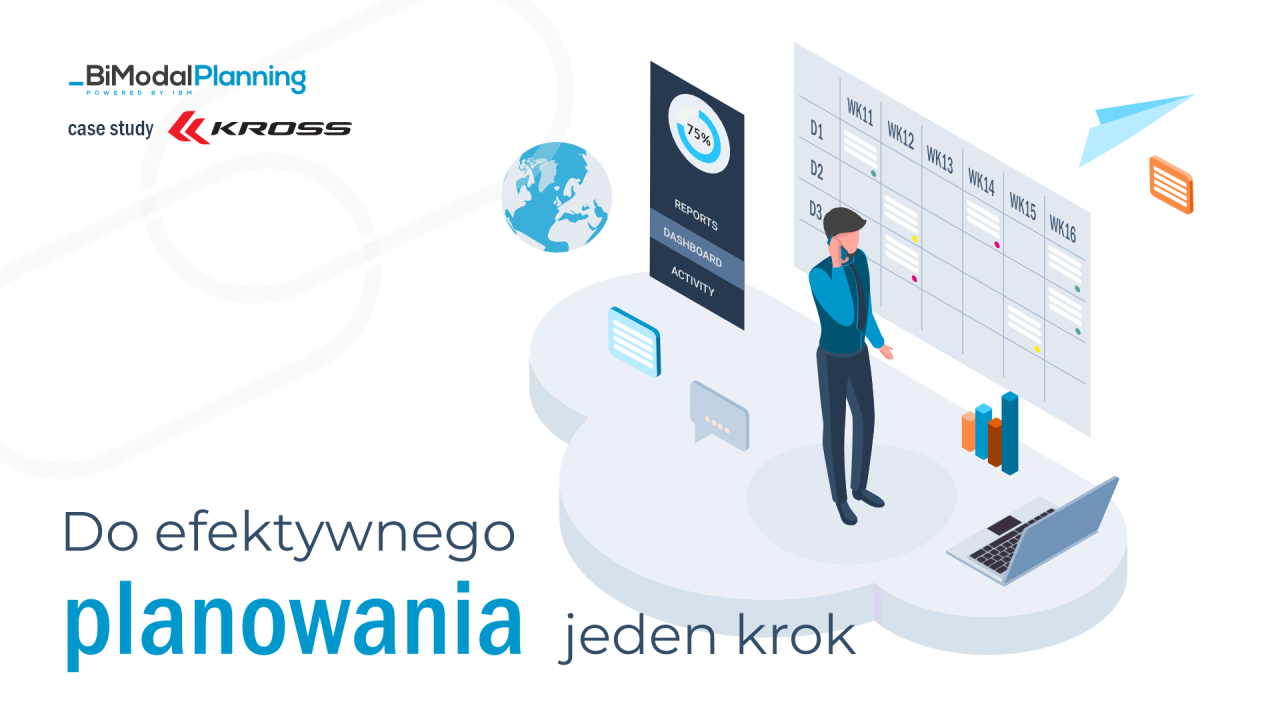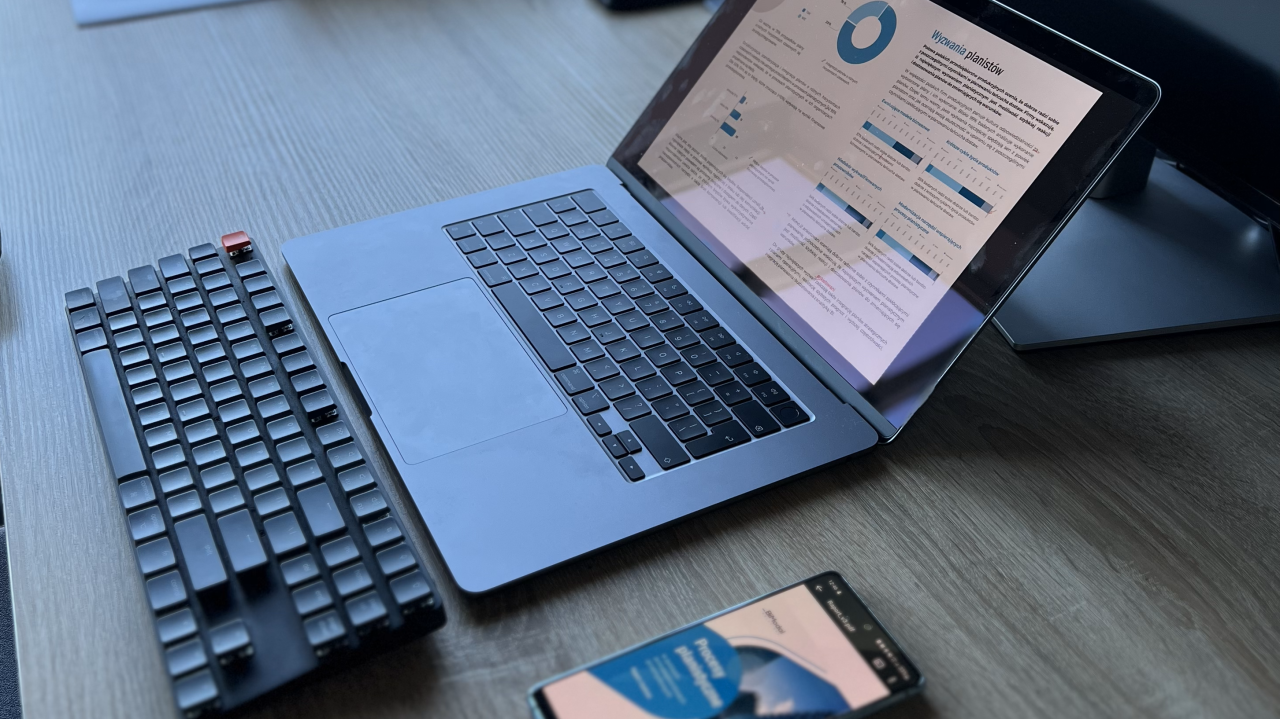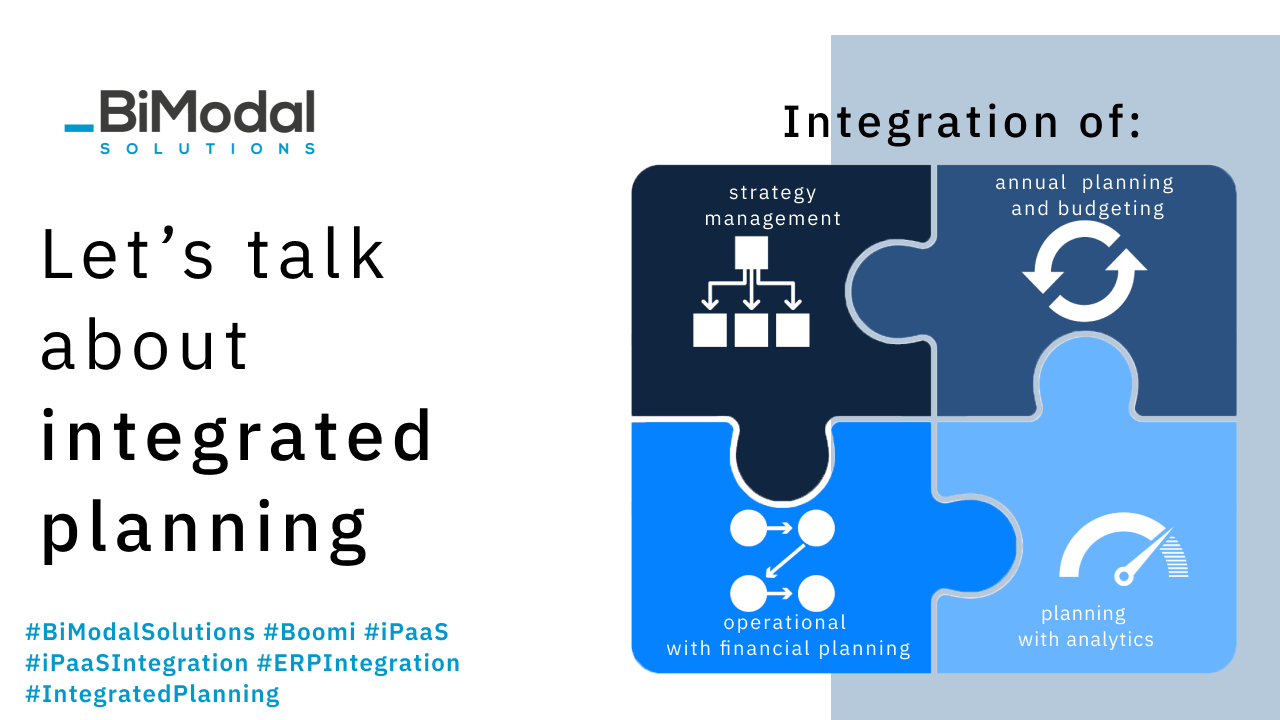Is there a fountain of youth? Legends say it does. Some cosmetic companies claim it, and even David Copperfield himself. However, I don't deal in illusions or magic, just real effects, so I admit that the fountain of youth does exist, but - at least for now - only for ERP systems.
IT solutions, like people, age. And like people, the process is so slow that we don't notice what's happening until something breaks down completely. Of course, this is the natural course of events and can't be avoided, but it's no reason to abandon technological support altogether.
An invisible problem
In today's world, systems such as ERP are indispensable tools for organising a company's core processes. Capturing customer orders, sending them to production, managing production planning and execution are just some of the tasks that technology can help us with. Good software also allows you to integrate your company's data and processes. A properly selected and implemented ERP will first and foremost synchronise the work of all the departments that need to work closely together on a daily basis if the business is to operate optimally. However, it is easy to rest on one's laurels after implementation - because we have the system up and running, it is working as it should, we forget to ensure that it continues to meet our expectations from time to time. After all, the business changes and so do the processes. Once we realise that the small changes that have accumulated over the years have in fact created a completely different work organisation, with which our ERP does not fit, we have several options.
Option 1: Upgrade
The simplest (though by no means trivial) solution is to upgrade to the latest version of the system - employees will not feel the change as much as with options 2 and 3, and there is a chance that the new release will better meet their expectations. However, it is possible that the vendor's view of the organisation's needs may differ from our own - in which case it is worth considering whether such an upgrade will do the job, or whether it is better to spend more time but choose a different, more appropriate solution.
Option 2: Replace
The second way to deal with the situation is to replace the ERP with another one. After all, you could repeat history: buy it, implement it, and work on it until the system fails to meet your expectations and you have to replace it. However, this is a rather costly and time-consuming solution - implementations usually take a long time, and then there is the time it takes for people to learn another tool and get used to the changes.
Option 3: Create
Another option is to build a new system - but this time a bespoke one. The programme is created individually for each customer and is tailored to the company's processes. This is probably the best option so far, not least because if the company's processes change, the supplier can make similar adjustments to the programme. While effective, this type of maintenance is quite costly. But they say you can't have everything... Are you sure? Perhaps it is possible to have such a personalised tool more cheaply? Yes, it is.
Option 4: Improve
Outdated ERP does not need to be replaced, it can simply be rejuvenated - and it does not need to be a dedicated system. All it needs is a process platform overlay that acts as an intermediary between the outdated software currently in use and the user waiting for change. Such an overlay acts as a translator, translating the modern language of our needs into the old language of the system - familiar to us, but lacking in its vocabulary the new terms we need. Their meaning is explained to the programme by the process platform. What's more, even if the processes are transformed again, the platform can be modified on its own, so our translator is kept up to date and continues to be useful.
The second youth of ERP
For humans, second youth is a purely metaphorical concept - for systems, it need not be. However, the method of care or treatment must be chosen carefully. Upgrading can be likened to a random organ transplant - better in theory, harder to say in practice - it is always worth checking whether the offer meets our needs. Replacing the ERP is a rather drastic solution to the problem, and there is a risk of having to organise the whole thing again in a while - unless we choose a dedicated system, in which case our provider will change everything we ask of them, like a plastic surgeon. Only, like plastic surgery, it is expensive. Meanwhile, in most cases, all you need is a good rejuvenating mask - one that really works and will have a positive impact not just on the look and feel, but on the whole operation of the business. This is why I recommend process platforms to optimise ERP systems.











